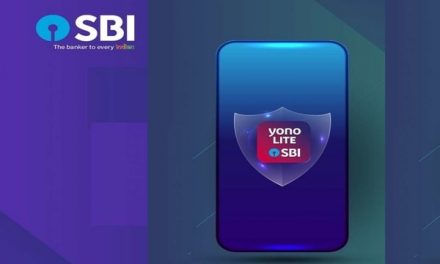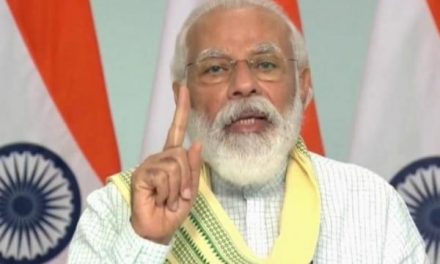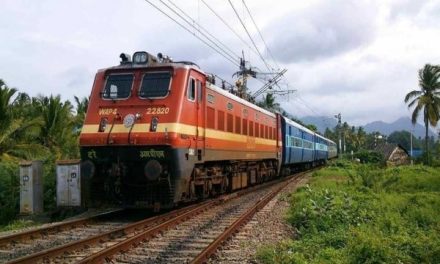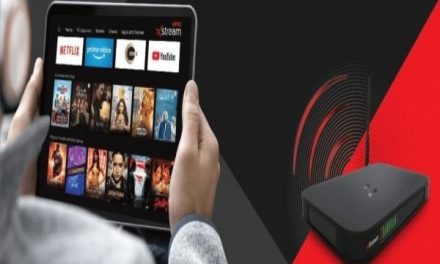The Reserve Bank of India (RBI) recently announced that all bank ATMs in India will support the cardless cash withdrawal feature, which was, till now, offered by a limited number of lenders in the country.
While announcing the RBI Monetary Policy Committee decisions, RBI Governor Shaktikanta Das proposed to make the cardless cash withdrawal facility available across all banks and ATM networks using the UPI.
What is cardless cash withdrawal?
Under the cardless cash withdrawal facility, a customer is not required to use his/her debit or credit cards while withdrawing cash from ATMs.
While there is no clarity on how the process will work, Sonali Kulkarni, Lead for Financial Services, Accenture in India said ATMs soon will show an option to withdraw cash using UPI
How will cash withdrawals via UPI work?
Sonali Kulkarni has explained some scenarios of how card-less, UPI enabled ATM withdrawals could take place.
Option 1
- Customer enters details of request on ATM terminal
- ATM generates QR code
- The customer scans the QR code using the UPI app and approves the request
- ATM dispenses the cash
Option 2: Touchscreen ATMs
- User to enter UPI ID and withdrawal amount in an ATM terminal
- The user gets a request on a UPI cell phone app, approves the transaction using the existing UPI app password
- Post successful authentication, cash is dispensed at the ATM
Which banks have a cardless cash withdrawal facility?
At present, cardless cash withdrawal through ATMs is limited only to a few banks. State Bank of India (SBI), HDFC Bank, ICICI Bank and Punjab National Bank (PNB) are among the few to offer this facility.
Will debit cards become obsolete?
Cashless ATM cash withdrawals will find user uptake, we expect the usage and growth of debit cards to remain stable. Debit cards are unlikely to become obsolete as they have a number of other applications besides ATM withdrawals – such as enabling overseas transactions and enabling ATM cash withdrawals when one’s phone is switched off or in a location where mobile internet connectivity is poor, said Sonali Kulkarni.
Cardless cash withdrawal: What does it mean for customers?
According to Sonali Kulkarni, banks will need to spend on upgrading ATM software and creating other payments infrastructure, which could potentially lead to additional fees being levied on customers.











